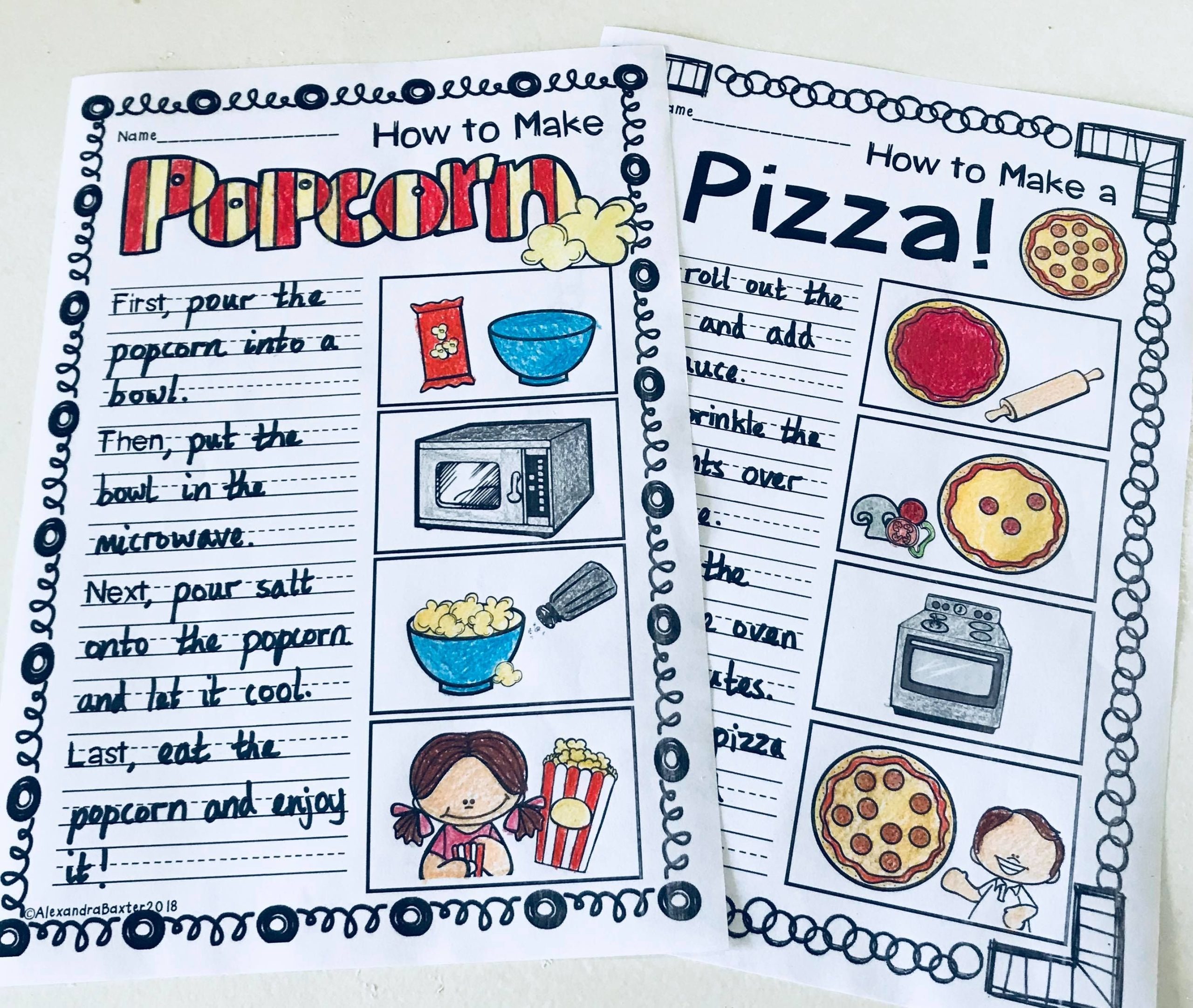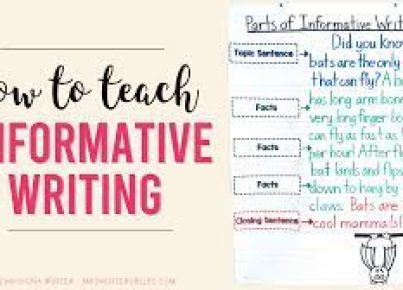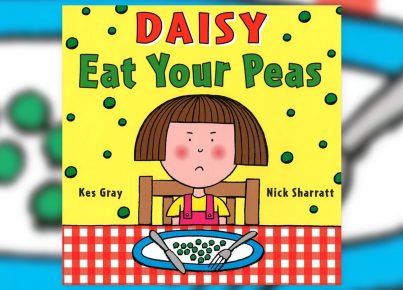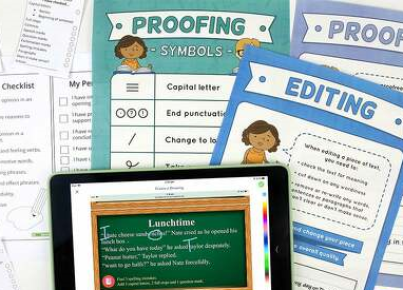Writing may not be every young child’s favorite activity, but when it comes to understanding the world around them, being able to describe how things are done – in other words, procedure writing – is incredibly important. Procedure writing activities for early years can be both educational and entertaining. With a little creativity, educators can transform the task of writing instructions into an engaging learning experience.
Procedure writing refers to creating a sequence of actions or steps necessary to accomplish a specific task. For young children, this can involve simple processes they are already familiar with in their daily lives, such as brushing their teeth or making a sandwich.
One of the most effective ways to teach early learners about procedure writing is through hands-on activities where they first perform a task and then write down the steps that were involved. This helps them understand the importance of clear and concise language, as well as the logical order of instructions.
A popular activity that incorporates procedure writing is cooking. Baking cookies or making fruit salad with the children provides a multi-sensory experience that they’re sure to enjoy. After completing the activity, children can write down each step of the recipe. This kind of task allows them to connect the physical actions they’ve taken with the written word.
Another great activity is to have children work on “how-to” manuals for their favorite games or toys. They can draw pictures and write simple sentences detailing each step required to play a game or assemble a toy. This encourages not only writing skills but also critical thinking and communication.
Gardening projects also provide fertile ground for procedural thinking. Children can document each step of planting a seed – from gathering soil and choosing a pot to watering their newly planted seeds. A nature walk similarly offers opportunities for creating procedures, such as collecting leaves or identifying types of birds.
To further engage your little learners, turn procedure writing into a group storytelling session where they come up with a fantastical story involving a sequence of events. Once the story is complete, help them write the steps down as if it were a guide for someone else to follow, thus practicing how to structure procedures effectively.
In conclusion, early years’ procedure writing activities offer fun and interactive methods to develop young children’s comprehension and writing abilities. By incorporating familiar tasks and imaginative play, educators can inspire children to view writing not just as an assignment but as an exciting way to express their experiences and ideas.





